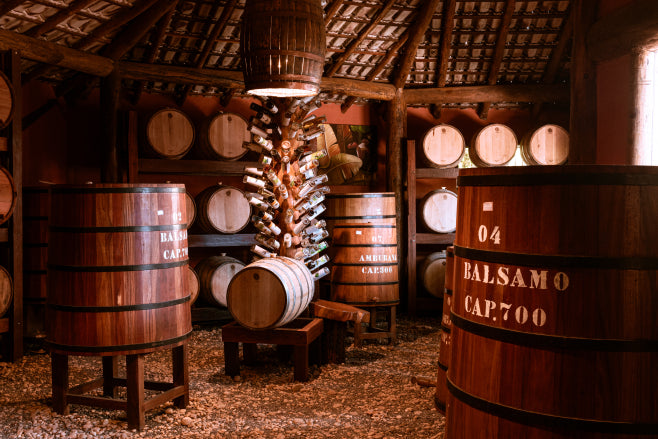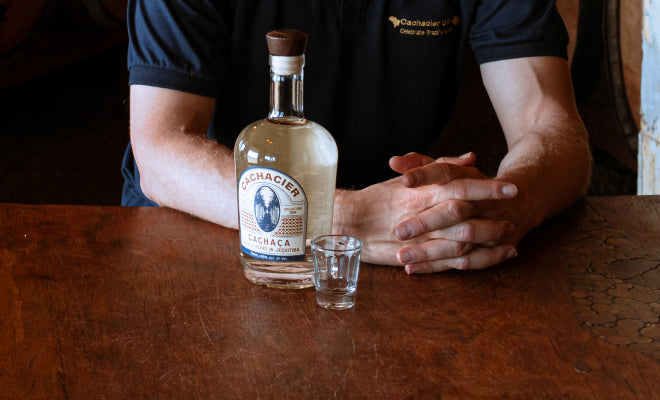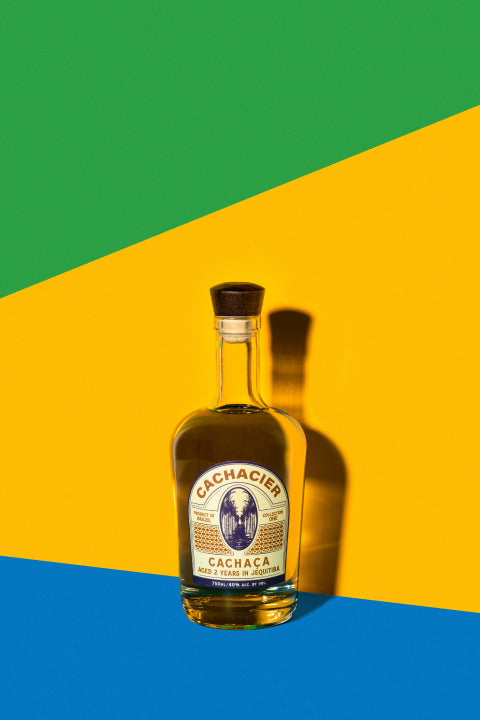Cachaça expands
Cachaça's movement to different states would profoundly impact its development. Migrants, who wanted to consume or sell the product, placed silver cachaças in wooden barrels to be transported. Barrels made to transport cachaça in Brazil during this time would not have been made of oak since it was not a native species. Instead, barrels of various native woods were used, offering some sensory changes to cachaça.
Like other distilled spirits, cachaça was a major currency in the slave trade and was used as a cudgel to coerce people who were enslaved. The connection between slavery and cachaça had profound and ongoing implications for the entire country. This summary of cachaça’s history doesn’t provide the context or space for delving into race and slavery in Brazil and the relationship to the country’s native distilled spirit. However, we will devote more space to this issue in the blog.





